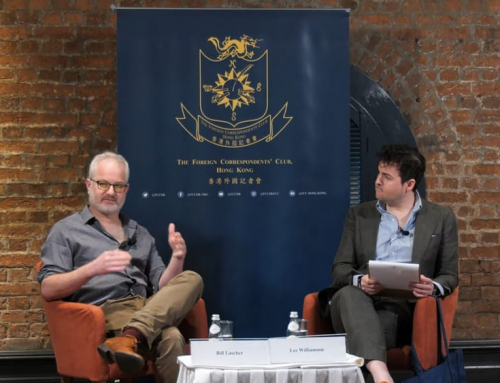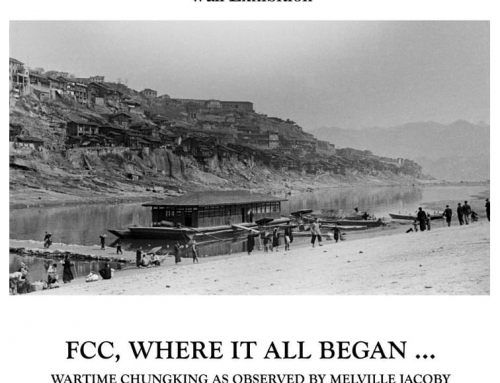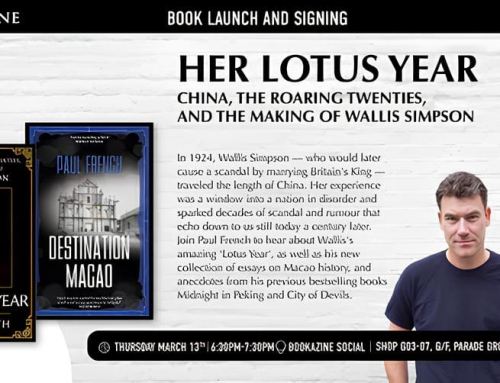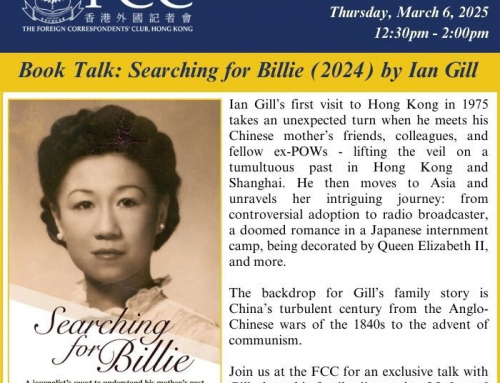 Here we print an excerpt from Ken Ing’s Wing Chun Warrior — the biography of Duncan Leung, a kung fu master who studied under the famous Yip Man. Scroll to the end for cartoons which illustrate the story!
Here we print an excerpt from Ken Ing’s Wing Chun Warrior — the biography of Duncan Leung, a kung fu master who studied under the famous Yip Man. Scroll to the end for cartoons which illustrate the story!
Bruce Lee and I Beaten
Hong Kong, 1958
Subdue the dragon, tame the tiger — Journey to the West
Wu Cheng-en was an author of the Ming Dynasty who wrote Journey to the West, one of the four classical Chinese novels. In Buddhist mythology, there were two Buddhist arhats ( luo han – an eminent monk who has achieved enlightenment), one of whom subdued a dragon with incantations and the other who tamed a tiger with an abbot’s staff. The saying ‘Subdue the dragon and tame the tiger’ is often used to describe the ability of an individual to overcome powerful adversaries. In China, the tiger is considered the king of the animal kingdom, and the Chinese character for tiger is invariably associated with brave generals and warriors.
It may be hard to believe, but one day Bruce Lee and Duncan Leung were beaten one after the other on the same day by a seasoned pugilist. It did happen. It was when they were young and inexperienced – as the Chinese would say, when they did not know the height of heaven or the thickness of the earth (不知天高地厚). The following episode is a revelation of how two Wing Chun greats, the dragon and the tiger, were defeated by a Cai Li Fo (蔡李佛) master when they were both young and inexperienced, and how the tiger took his revenge when he returned two weeks later.
* * *
After taking private lessons with Sifu for over two years, I thought I was pretty good. And indeed I was, although maybe not as good as I believed. Fellow students and I roamed the streets, looking for opportunities to fight. We had become bored simply because fighting against people who didn’t know much Kung Fu no longer had any appeal. We needed greater challenges.
We became bold and began venturing into Kung Fu studios to test our Wing Chun against different Kung Fu styles. Our ruse was simple. Still in our uniforms after school, we would go into a studio and ask to see the head instructor. Eager to recruit new students and anxious to impress, the unsuspecting instructor would glorify the effectiveness of his style and usually exaggerate his own expertise. He could not wait to demonstrate what he could do.
We’d pretend to be interested and say something like: “The forms look good, but I’ve heard about this Wing Chun. I wonder if yours is any good against that.” The instructor would invariably reply: “Of course. What is Wing Chun any way? Let me show you.” Thereby he fell into our trap, and a free fight ensued.
Sometimes we would just enroll in the school, pay the initial fee, and start learning. Usually it was the elder Kung Fu brothers who initiated us. After a couple of lessons we would question the effectiveness of the style and his expertise. And then a fight would follow.
We were never sure of the outcome. Some instructors were humbled for daring to pit their knowledge and expertise against ours. But we had our fair share of defeats. Our overblown confidence, arrogance, and contempt did not go unpunished. Against elder brothers we rarely lost. But, one time, Bruce Lee and I wandered into a studio and were given a lesson we would never forget.
At our school there were a couple of Eurasian brothers – twins actually – who were learning Cai Li Fo (Choy Li Fut in Cantonese). They were not good enough to give Bruce or me meaningful resistance, but they dared us to go to the studio to meet their Sifu, and we were more than happy to accept that invitation.
Bruce, another schoolmate named Caesar, and a couple more of us went to the studio. Their Sifu was in his forties and about my height and size, confident-looking and very polite. He asked who would like to try first. Self-confident and proud of himself, Bruce stepped forward.
Cai Li Fo, like Wing Chun, also comes from Foshan, the capital of Kung Fu. It is an established style, known for swinging fully extended arms and legs. Wing Chun attacks and defends along and from the centerline, while Cai Li Fo attacks from the sides and deliberately exposes the front to attack.
Unfamiliar with the intricacies of his opponent’s style, Bruce charged forward, throwing chain punches to the exposed chest. The seasoned instructor just took one step backward, easily avoiding the punches. Before Bruce’s right punch could reach his chest, the Sifu leaned slightly backward on his left foot, struck Bruce’s right forearm with his extended left forearm, and swung his right foot toward Bruce’s leading left leg. While Bruce’s right punch was knocked aside, the Cai Li Fo man’s vicious kick struck Bruce’s calf, bent his knee and sent him tumbling to the ground.
Bruce’s defeat did not deter me. I took my turn eagerly, but more cautiously. I feinted a kick to my opponent’s right with my left foot. He stepped backward on his right foot and at the same time swung at me with his right fist, forcing me to cover. I covered with a left tan sau (攤手), but when my left forearm met his advancing arm, it suddenly twisted like a snake over the top of my tan sau, punching downward and forward. His right fist landed heavily on my chest and shook me. After hitting my chest with his right fist, he swung the same arm backward in a circle, and the back of his right fist hit the left side of my jaw. Then he swung his left arm at me, which caught the right side of my partially covered neck. It was lucky that my forearms partially blocked the impact on my neck, or I might have been seriously injured. Before I could even balance myself, the twins’ Sifu followed up with a left kick, which sent me flying to the floor.
Bruce and I got up, dusted ourselves off, and slunk out of the Cai Li Fo studio.
When I told Sifu what had happened, he was extremely displeased and said repeatedly: “You deserved the punishment. You should have asked me before going there. Each style has its own advantages and disadvantages. If you know what they are, then you shouldn’t lose.”
He quoted from The Art of War, which was written more than 2,500 years ago by Sunzi, the great Chinese strategist: Know your enemy and know yourself, and you can fight a hundred battles without defeat (知彼知己 百戰不殆). I have never forgotten this quotation. Sifu went on to point out the strengths and weaknesses of Cai Li Fo and other styles and taught me how to counter them.
Two weeks later I returned to the studio. Somewhat surprised that I was back so soon after my humiliation, the master knew I was prepared and serious.
Sifu cautioned that against a Cai Li Fo expert, I must not charge forward rapidly. I should only inch forward carefully and wait for the right moment. Therefore, I now waited for him to make the first move.
When the master swung his fully extended right arm at me this time, I covered with both arms with a guan sau while stepping half a pace forward to the left to meet his advancing arm. His right forearm struck my forearms, but he could not twist this time, because I had covered with both arms, not only avoiding his extended twist and punch, but also nullifying his power.
The very moment after our arms met, I turned my horse to the right to cover my right side, the exposed area he was mostly likely to attack. While taking a step forward with my right foot, I raised my right forearm to cover any strike from his left arm. As expected, he followed up with a full swing with his left arm, trying to strike me from my right. But it was too late for him. Before his left forearm could meet my raised right forearm, I had already taken a right step forward, literally walking into him. The moment his left forearm met my right forearm, I had already bent down at my right knee joint and swept the right side of his chest simultaneously with my left elbow. When it landed on target I could hear ribs cracking. He was lying on the floor when I left.









Bullshit, the twins are the Lacey brothers,for Duncan to say he beat their teacher at his age after two years of WC is sheer fantasy , along with the fight against triads, private lessons 7days a week with Yip Man for 300 HK dollars.Come on Duncan, stop your bullshit!